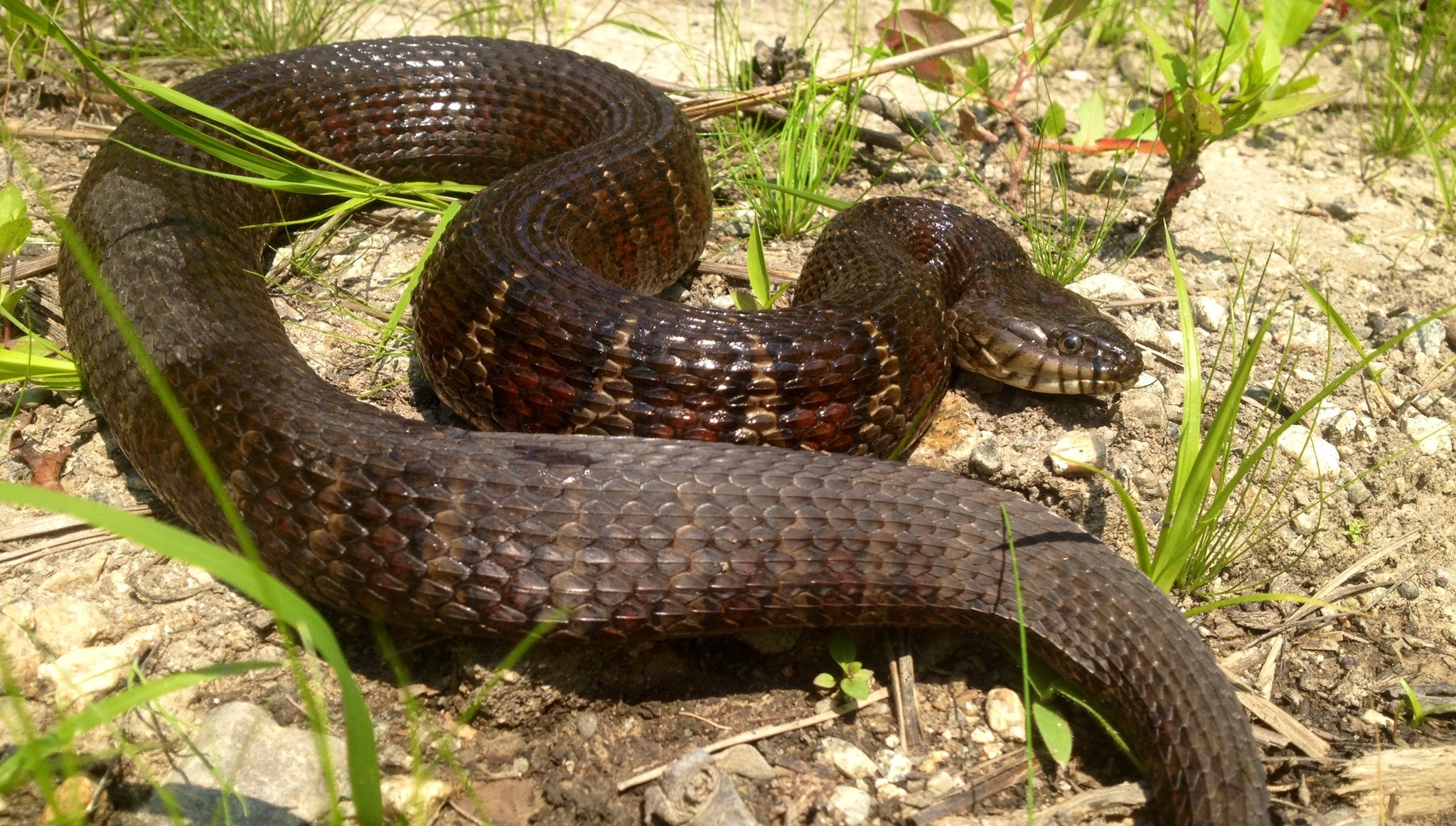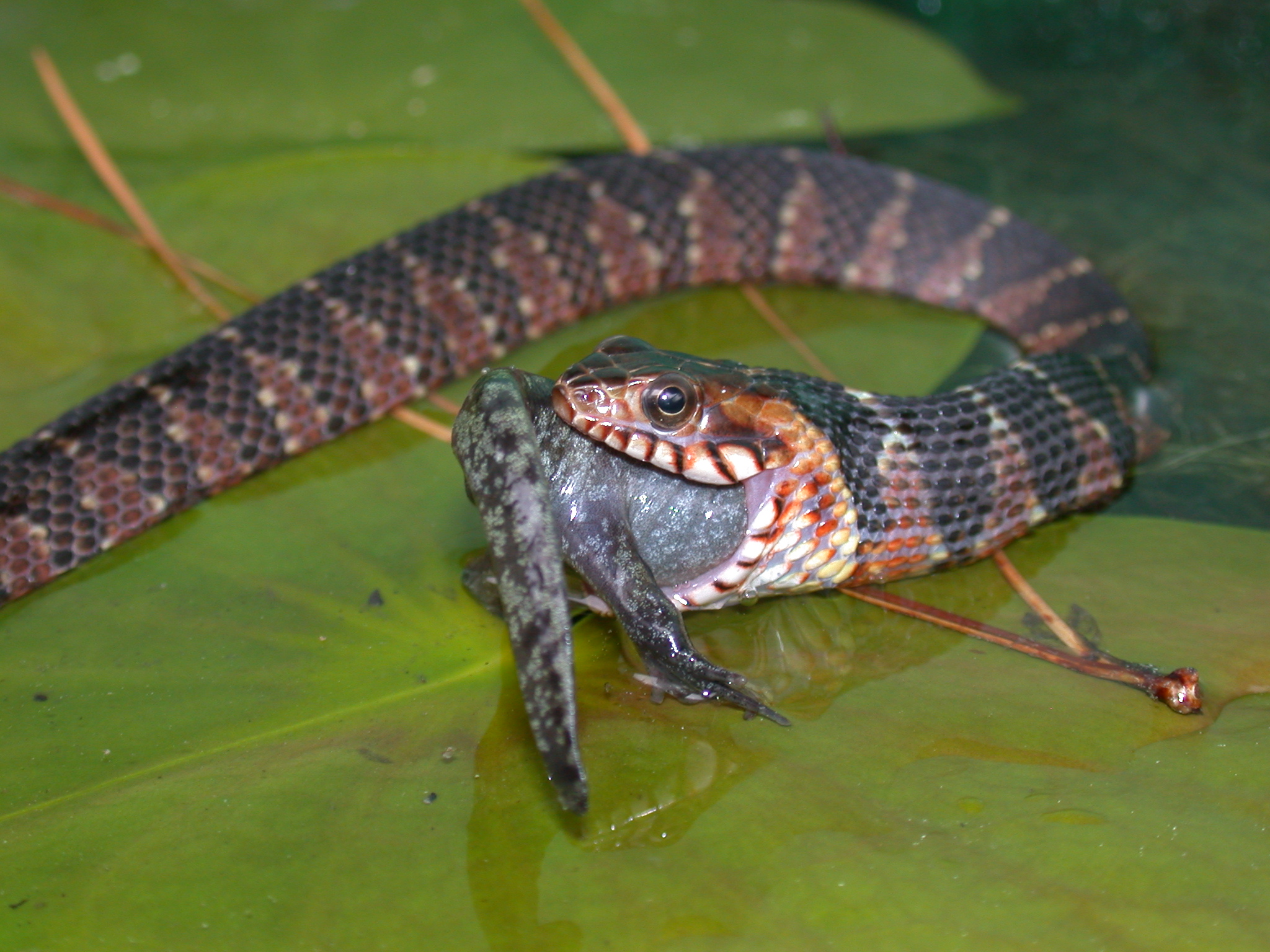
Water snakes from the eastern United States are being found in increasing numbers throughout California’s waterways, and biologists at the University of California at Davis are growing concerned.
The common water snake and the southern water snake thrive in suburban areas and human-disturbed habitats but are harmless to humans. However, they may pose a threat to native aquatic species, including some types of frogs, snakes and salamanders because they compete for the same food source or directly pray on the native species. The invasive water snakes have been found in some areas near Sacramento as well as near Long Beach in Southern California.
“This instance of these non-native snakes is emblematic of a bigger problem in California where many of our native aquatic species are being replaced by non-native species,” says Jonathan Rose, a doctoral candidate at UC Davis. Rose has been working under Dr. Brian Todd, an Assistant Professor of Wildlife Biology, to analyze the snake’s potential to spread through California and the Western United States.
The study by Rose and Todd lists which areas will be affected if populations of the invasive water snakes continue to spread. According to their projections, invasive snakes could spread throughout the western United States, overlapping with the habitats of native aquatic dwellers like the foothill yellow-legged frog, the giant garter snake, the California giant salamander and the California tiger salamander.
“These non-native water snakes present yet another threat or stress to many already imperiled species,” Rose says. Many of the native aquatic species are already at risk due to changes in their habitats and the introduction of other non-native species.

Non-native water snakes have been present in California for quite a while now. As of 2008 it is unlawful to possess one of these water snakes as a pet, but Rose says they were likely introduced as a result of people releasing their pet snakes before this ban was in place. It is unclear exactly how many of these snakes are in California presently, but there are roughly 300 in the Sacramento area, according to Rose.
